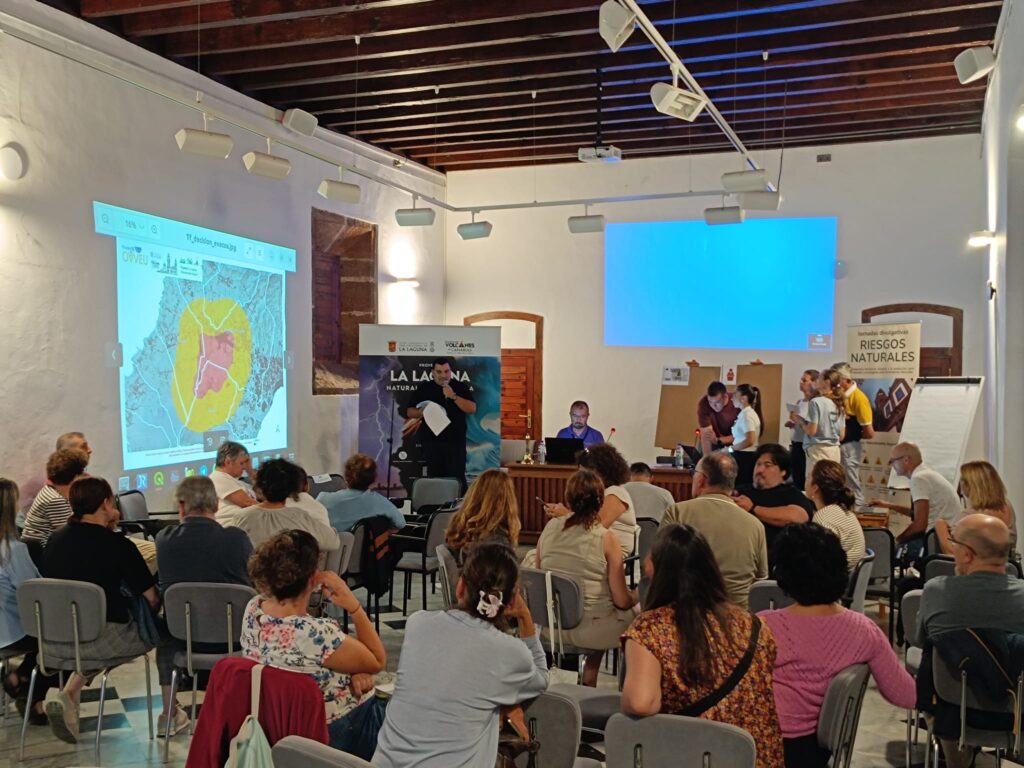At the centre of the Santacrucero Barrio Salamanca, a building steeped in history has emerged. Known as the residential Diario de Avisos, this new property development occupies the location that served as the headquarters for the dean of Canarian journalism for 35 years, before relocating to the fishing area. The construction company responsible for bringing this vision to life is Grupo Métano, which has designed a modern and iconic structure set to open in early May. A total of 37 homes featuring luxury finishes are already priced between €200,000 and €400,000, and notably, this development has become the first residential complex in Santa Cruz to boast a rooftop pool.
Fernando Vega, the Manager of Grupo Métano, explains, “The Diario de Avisos residential development is one of our group’s most significant contemporary promotions, as it acts as our introduction to the real estate market in the capital. While we are already well-established in other parts of the island, having worked in construction for 30 years, five years ago we acquired the site that was previously home to the newspaper.”
To honour the Dean, the entrance of the new residential complex connects the past with the present through the old stones that once adorned the previous building, now embedded in the foundations. “We wanted a piece of the history of the Diario de Avisos to remain tied to the property, as it is a part of its essence. Additionally, at the entrance window, we have displayed a typewriter and a newspaper cover, paying tribute to its name,” adds Vega.
The manager notes that this development is nearing completion, with only two homes left to sell, alongside the commercial premises on the ground floor. “We are awaiting the reception of the street from the City Council, and once that is finalised, we aim to hold an official inauguration to thank the many individuals and organisations that have assisted us in making this project a reality, from the Federation of Construction Companies (Fepeco) to the Diario de Avisos Group and, of course, the City of Santa Cruz, which has supported us throughout the licensing process, a long and complex bureaucracy,” explains Vega.
The journey has been lengthy, not without its challenges, as this construction company has worked to finish the building, whose outcome is now clearly visible. “Salamanca Street has transformed beautifully, as the construction has included complete perimeter urbanisation, a retaining and channel wall for the Barranco de Santos, as well as enhancing the area with landscaped sections and accessible spaces. However, we faced numerous significant obstacles; following the departure of the Diario de Avisos, we endured three challenging years until the building was demolished. It was occupied by squatters who vandalised it and even set fire to it completely,” reflects Vega.
Nevertheless, positive outcomes can stem from adversity, and in this regard, the manager of Grupo Médano emphasises, “During the eight months that the previous building stood derelict, those individuals resorted to graffiti on the walls, some of which we discovered while recovering the site. In the end, we decided to preserve those artworks and incorporate them into the project, allowing them to become part of the decoration in what is now the garage.”
Another challenge involved the installation of a pool on the rooftop. “When we initiated this project five years ago, constructing such roofing infrastructure was prohibited in Santa Cruz. Alongside Fepeco, we successfully advocated for changes in municipal regulations, and today we are proud to be the first residential complex in the city to feature a pool in that space,” states Vega.
Grupo Médano is already planning a large luxury residential development in Amarilla Golf, located in the southern region of the island, alongside continuing to progress with additional housing projects across the island, including those eligible for official protection. “The current issue is not the lack of land but rather the excessive bureaucracy and convoluted regulations that make it nearly impossible to obtain licenses without enduring a wait of at least three to four years, which significantly hampers the creation of more housing during this current housing crisis,” concludes Vega.














